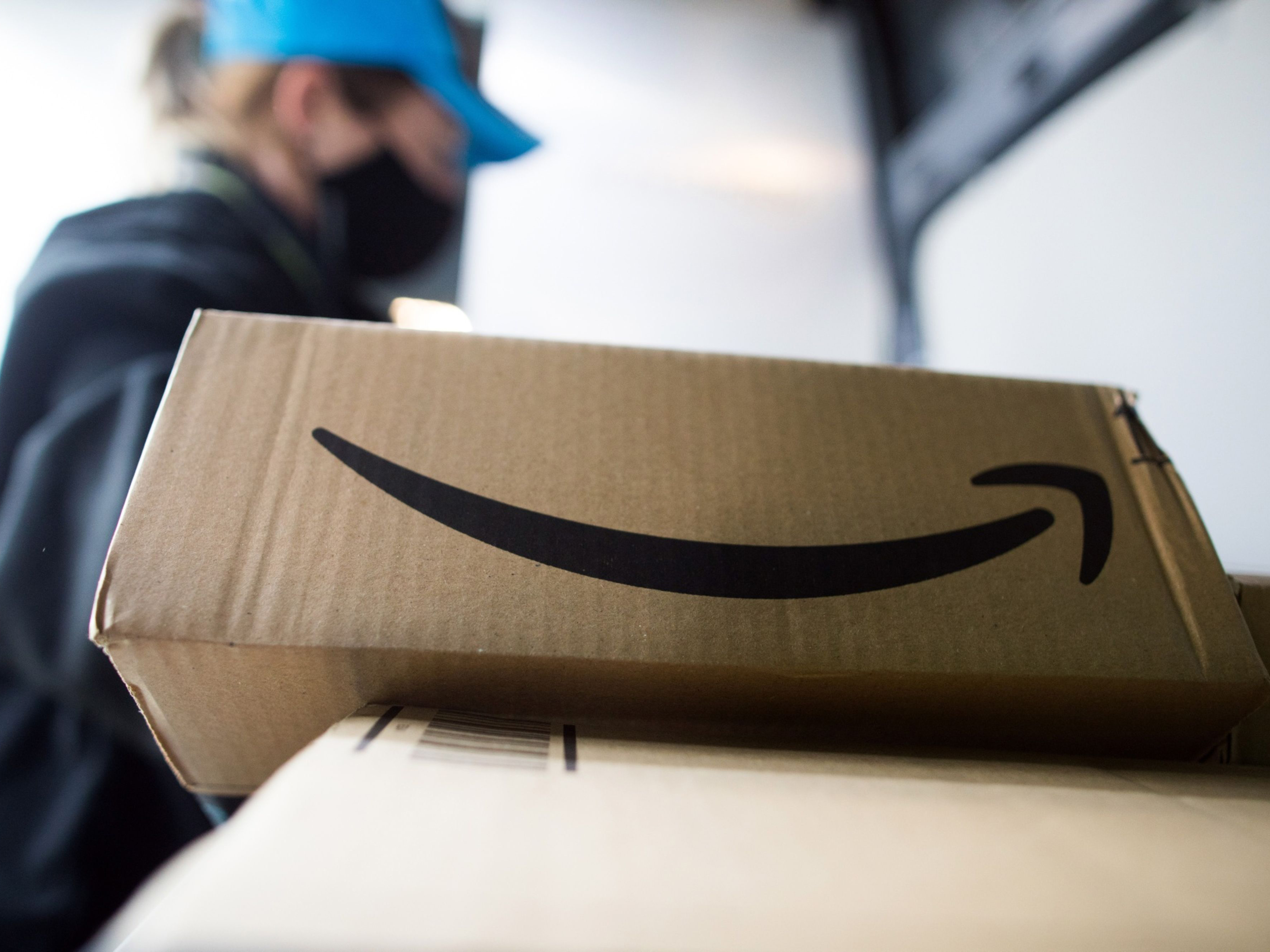
Amazon.com has been heavily criticized for undercutting third-party merchants with its own line of branded products and direct selling from its extensive fulfillment network. But one industry observer predicts that the e-commerce behemoth will make a radical change in that strategy in the coming year.
Chris Bell is chief executive officer with Perch, which acquires and operates e-tailers that rely on the Fulfillment by Amazon (FBA) service to get their products to buyers. He predicts that Amazon will spin off or sell its first-party retail business in 2021, becoming a pure-play third-party marketplace and fulfillment offering.
Given the immense effort that Amazon has undertaken over the years to position itself as a direct merchandiser, often undercutting the pricing of established brands that sell on its site, that might seem an unlikely move. But Bell says it would allow Amazon to cut costs, while boosting revenue from third-party vendors that rely on its all-powerful marketing platform and network of gigantic fulfillment centers.
First-party business currently accounts for the larger portion of Amazon’s revenues, Bell acknowledges. Yet the lion’s share of its retail profit is derived from the third-party marketplace. What’s more, Amazon’s dominance in direct selling has produced headaches for the company, including mounting regulatory and political pressures from the European Union to stop competing with its own customers.
Bell adds that he’s heard “whispers” from first-party merchants that Amazon is increasingly pushing them to funnel more of their products through the third-party marketplace. In the process, Amazon would squeeze more profit out of its substantial investment in fulfillment centers, which as of January, 2020 numbered 110 in the U.S. and more than 185 globally. That’s where Amazon wields true competitive differentiation, he argues.
And what of its growing line of self-branded “Amazon Basics”? Spun off to an independent merchandiser, that operation would constitute a consumer-products company of “meaningful scale,” Bell says. Its name might change, but it would continue to exist as a low-cost private label, posing a strong challenge to traditional brands. For its part, Amazon would be initiating “the separation of church and state that everybody’s clamoring for, creating a clearer and more level playing field.”
Then there’s the question of what would happen to Amazon’s growing chain of brick-and-mortar retail stores, operating in several formats, many under the Amazon Go name. Bell speculates that these could be spun off or separated as a pure-play venture, yet still draw on the fulfillment side of Amazon’s operations.
Dominant though it might be, Amazon needs to watch its back. Bell sees the company encountering growing competition from Shopify, the fast-growing Canada-based e-commerce platform for online stores and retail point-of-sale systems. Shopify offers an attractive option for retailers who fear that selling through Amazon means losing a direct relationship with consumers. Moreover, Shopify’s 2019 acquisition of 6 River Systems gave it an instant fulfillment network driven by robotics and artificial intelligence, offering customers another “one-stop shop” option for managing e-commerce sales and order fulfillment.
The choice between Amazon and Shopify isn’t necessarily an either-or proposition. Bell has seen a number of customers that choose to rely on both services. They might use the latter to build a base of customers, then turn to Amazon’s larger marketplace to boost sales. Or they might go in the opposite direction, acquiring traction via Amazon then launch a Shopify site to build a more direct relationship with customers.
Yet another of Bell’s predictions for 2021 with jaw-dropping potential is a move by Google to gain more relevance in the e-commerce space. He expects the company to build out an e-commerce platform similar to that of Amazon and Shopify, while offering fulfillment services to third-party merchants.
Bell points to Google’s move this year to waive marketplace fees for new merchants represented on the Google Shopping service (formerly Google Express), which lets users search for products and compare the prices of multiple vendors. But Google aims to be much more than an informational clearinghouse, Bell says. “The big divide between Amazon and everybody else is fulfillment. If Google wants to be a real player, they have to offer a fulfillment option.”
Building such an operation from scratch would require an enormous investment on Google’s part. Bell speculates that it might instead acquire one or more existing logistics services providers to handle the fulfillment end.
Expect the e-commerce sales and fulfillment space to get even more crowded if Facebook jumps into the marketplace game. Bell notes the social media giant’s unrivaled ability to attract eyeballs. But it, too, would need to offer a fulfillment service — “a soup-to-nuts service for smaller brands” — to become a serious player. The ability to drive traffic to one’s website — which Google and Facebook possess in spades — is of little value unless they can match the extensive, ultra-efficient fulfillment network that Amazon has spent decades developing.







